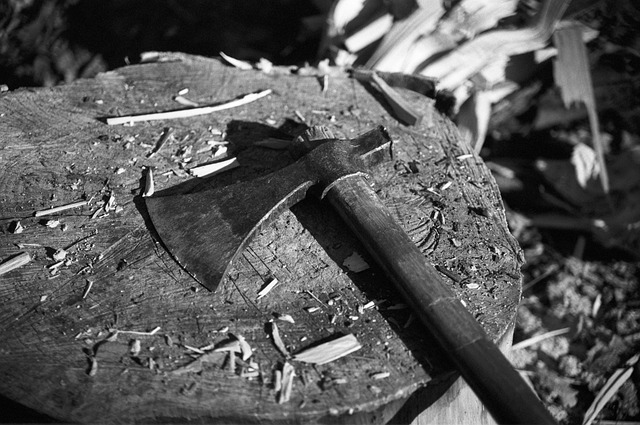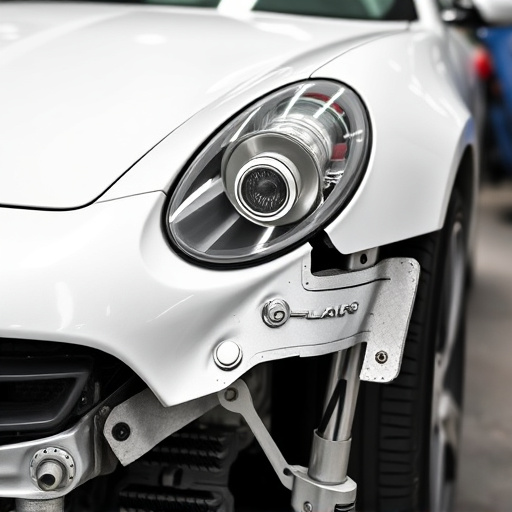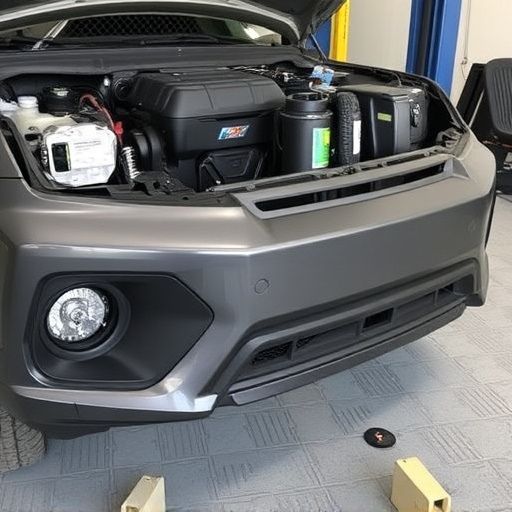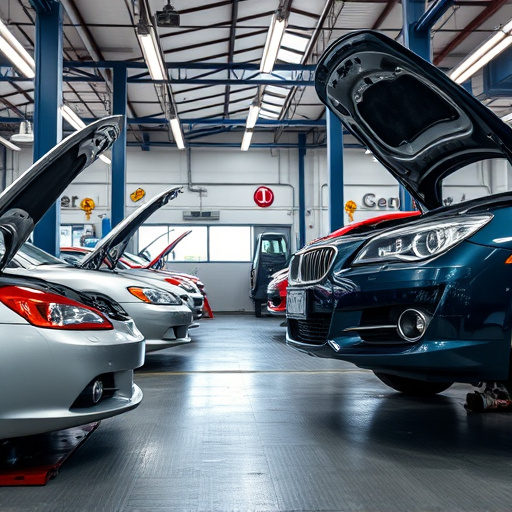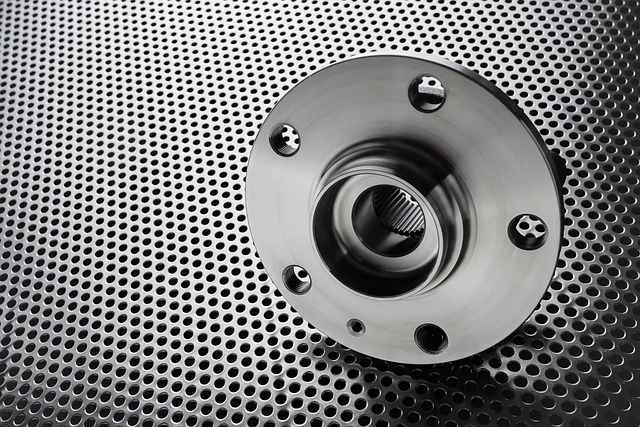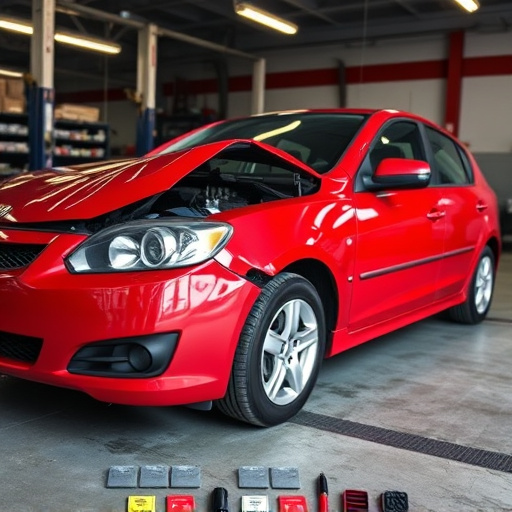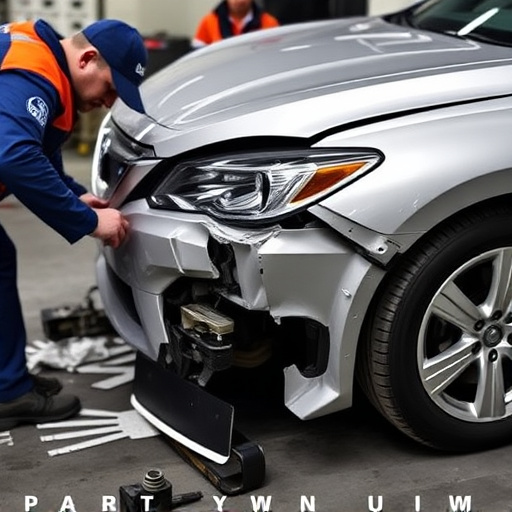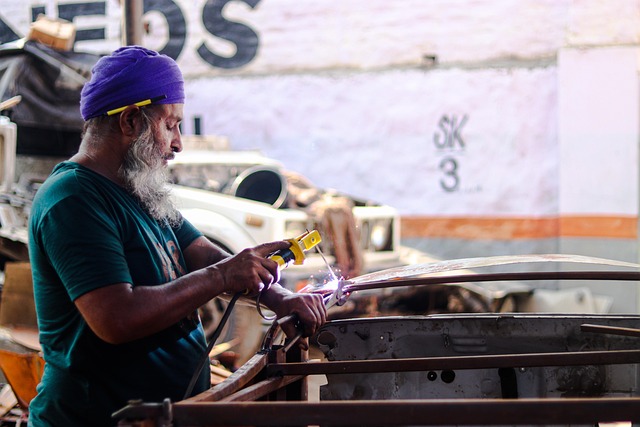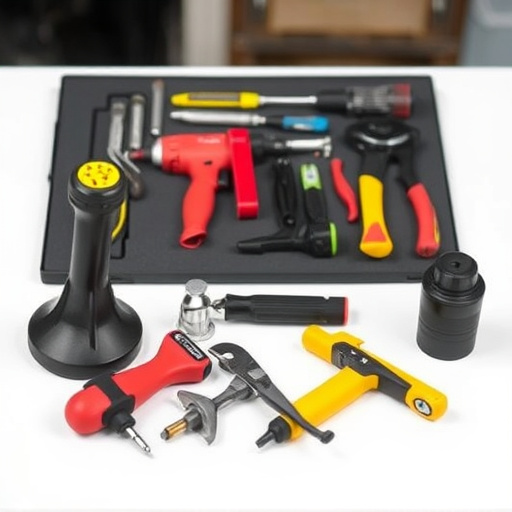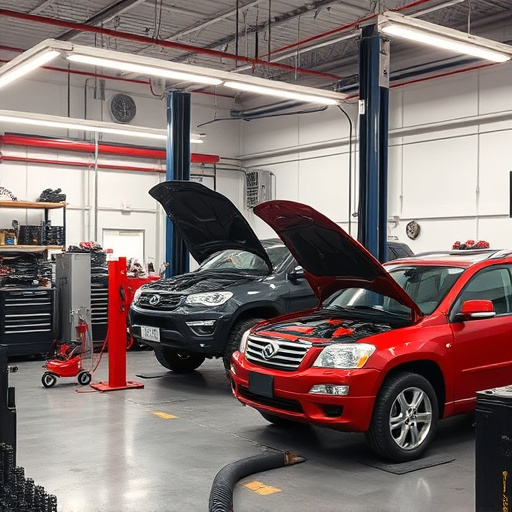Advanced welding techniques, involving specialized tools and precise methods (TIG, MIG, stick welding), are crucial in modern auto repair and restoration. These techniques ensure high-quality, durable repairs by providing unparalleled control over weld parameters, from surface preparation to post-weld inspection. Safety is paramount, with strong emphasis on PPE, workspace cleanliness, equipment servicing, and ongoing training, particularly for premium vehicles like Mercedes Benz.
“Mastering advanced welding techniques is a game-changer for auto repair professionals, enabling precise and robust repairs. This comprehensive guide delves into the intricate world of high-level welding, equipping you with essential knowledge and practical steps. From understanding specialized tools to implementing effective safety measures, we cover it all. Elevate your skills with our expert insights on advanced welding techniques, ensuring superior auto repair outcomes.”
- Understanding Advanced Welding: Essential Tools and Equipment
- Techniques for Complex Auto Repairs: Step-by-Step Guide
- Safety Measures and Best Practices in Advanced Welding for Automobiles
Understanding Advanced Welding: Essential Tools and Equipment

Advanced welding techniques are a critical component of modern auto repair services and car restoration processes. To master these intricate procedures, automotive technicians require an array of specialized tools and equipment. Among the essentials are high-definition plasma cutters, which enable precise cutting through various materials, making them invaluable for intricate auto frame repairs.
Additionally, advanced welding involves state-of-the-art machinery like multi-purpose welding guns and digital control units. These tools offer greater control over weld parameters, ensuring consistent quality in every joint. For instance, a digital control unit allows technicians to adjust welding speed, current, and voltage precisely, leading to stronger and more reliable bonds in both structural and cosmetic auto frame repair projects.
Techniques for Complex Auto Repairs: Step-by-Step Guide
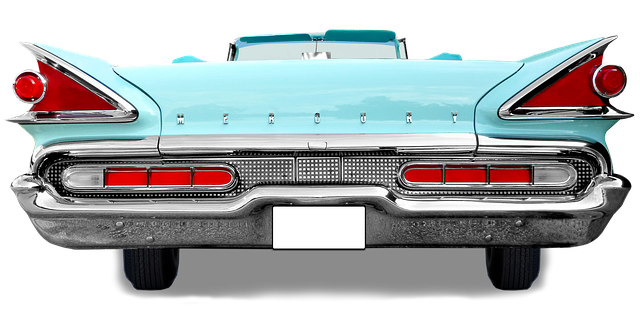
Complex auto repairs often require a blend of precision and creativity, making advanced welding techniques indispensable for professional mechanics. For tasks ranging from merging shattered components to rebuilding intricate frameworks, a step-by-step approach ensures optimal results. Start by preparing the surfaces, ensuring they’re clean, dry, and free from contaminants. This crucial initial step facilitates a strong bond between the materials being joined.
Next, select the appropriate welding method—whether it’s TIG (Tungsten Inert Gas), MIG (Metal Inert Gas), or stick welding—based on the project’s specific needs. Each technique offers unique advantages, with TIG favoring precision and intricate designs, MIG suitable for faster, more straightforward welds, and stick welding ideal for outdoor or harsh-environment repairs. As you weld, maintain a steady arc and control the heat input to prevent damage to surrounding materials. After completing the weld, inspect it for quality, using tools like flux meters or visual examination to ensure strength and integrity. Once satisfied, move on to subsequent steps in the repair process, such as shaping, grinding, and auto body painting, bringing the vehicle back to its pre-accident condition.
Safety Measures and Best Practices in Advanced Welding for Automobiles
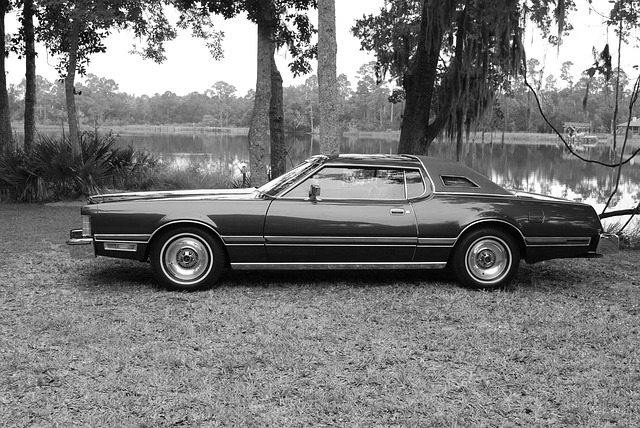
Advanced welding techniques for automobiles require a heightened focus on safety measures to ensure the well-being of technicians and the quality of repairs. When engaging in such processes, as with vehicle body repair or auto body restoration (especially for high-end models like Mercedes Benz repair), it’s paramount to wear appropriate personal protective equipment (PPE). This includes goggles, gloves, ear protection, and respirators to safeguard against sparks, metal fumes, and noise.
Best practices in advanced welding involve maintaining a clean workspace free from debris to prevent accidents and improve precision. Technicians should also ensure proper ventilation to mitigate the risk of inhaling harmful fumes. Regular maintenance of welding equipment is crucial for optimal performance and safety. Additionally, staying updated with industry standards and regularly attending training sessions on advanced welding techniques will not only enhance skillsets but also contribute to safer working environments in auto repair shops.
Advanced welding techniques are an indispensable skill set for any automotive repair specialist, enabling them to tackle complex repairs with precision and efficiency. By understanding the right tools, adopting effective steps, and prioritizing safety measures, auto repair professionals can elevate their craftsmanship and meet the demanding needs of modern vehicle restoration. This comprehensive guide serves as a valuable resource, empowering technicians to master advanced welding and deliver exceptional results in their work.
